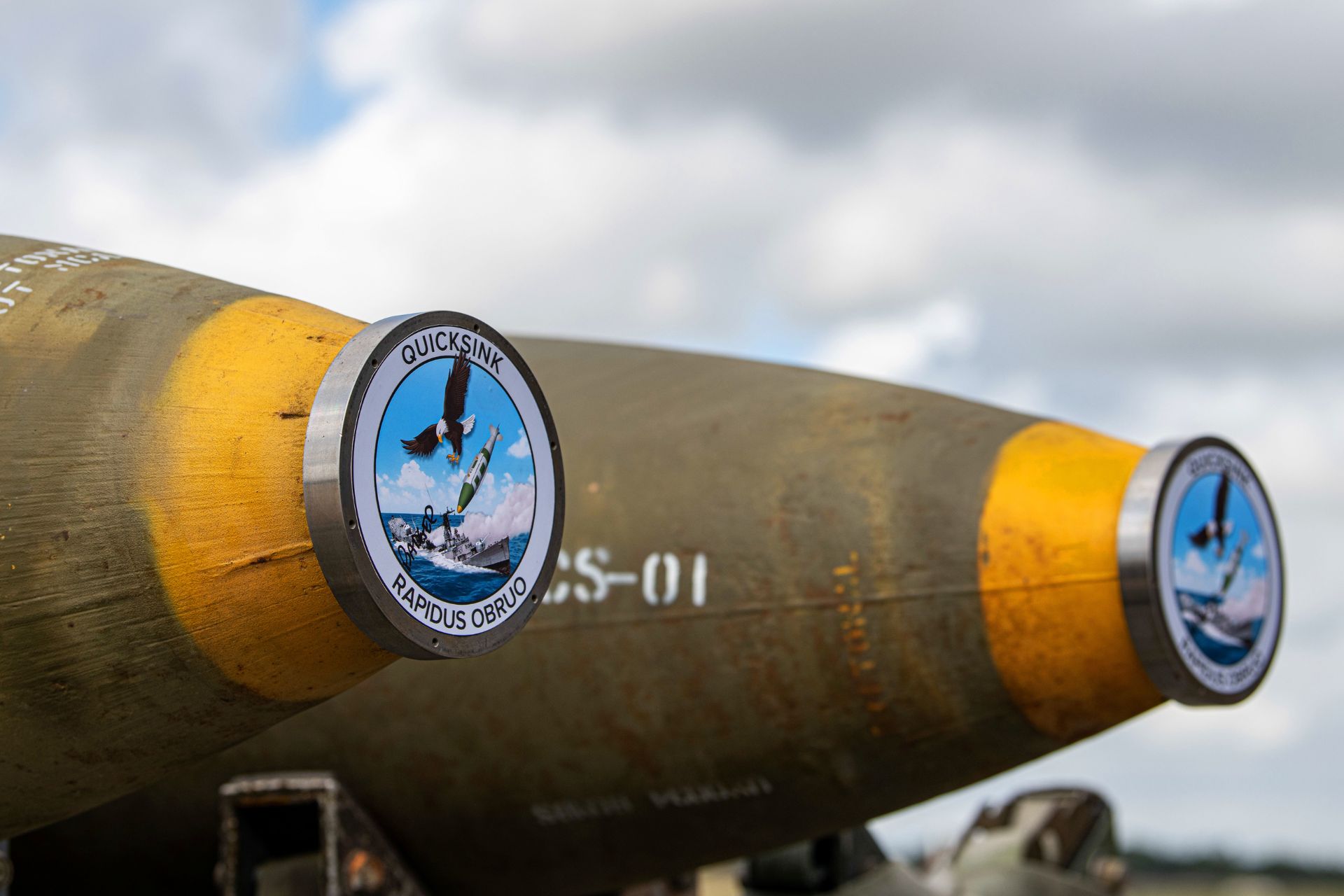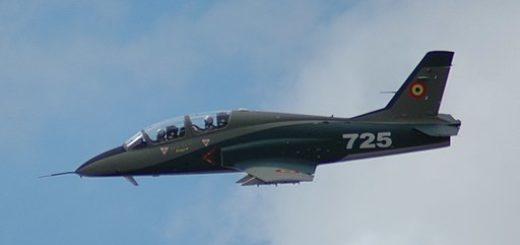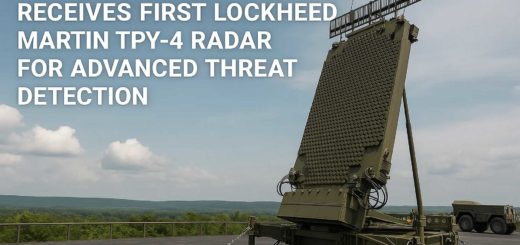US Air Force Tests Lighter GBU 38 Quicksink Increasing Engagement Power Against Maritime Targets

{loadposition bannertop}
{loadposition sidebarpub}
According to the Air Force Research Laboratory, on June 4, 2025, the U.S. Air Force successfully conducted a live-fire demonstration of a new 500-pound variant of the guided QUICKSINK munition, marking a notable step forward in low-cost naval strike capabilities. The test was conducted over the Gulf Test Range at Eglin Air Force Base, Florida, with a B-2 Spirit stealth bomber. This demonstration highlighted an enhanced capacity to engage maritime threats across wide ocean areas, providing commanders with an additional flexible operational tool.Follow Army Recognition on Google News at this link
Two GBU-31 Joint Direct Attack Munitions are prepared for loading onto an F-15E Strike Eagle (Picture source: US DoD)
QUICKSINK is an adaptation of existing JDAM munitions, developed for precision strikes against ships. While a 2,000-pound version has already proven effective, including during the Rim of the Pacific Exercise 2024, the new 500-pound version based on the GBU-38 allows for broader integration across both bombers and tactical fighters. Its reduced weight enables aircraft to carry a higher number of munitions per mission, thereby increasing engagement capability and potentially saturating enemy defenses. Integrating it into the B-2 platform expands the Air Force’s maritime strike options.
The munition combines the standard JDAM configuration, which includes GPS-assisted inertial navigation and aerodynamic strakes, with an imaging infrared seeker that identifies moving targets by comparing their length with an onboard reference database. This system enables the bomb to strike precisely at the waterline level of a target’s hull, maximizing its impact. While the exact date of the test was not disclosed, the U.S. Air Force released images showing GBU-38s being loaded onto a B-2 at Whiteman Air Force Base, reflecting the system’s operational readiness.
From a cost perspective, the QUICKSINK program offers a significantly more affordable option compared to conventional air-launched anti-ship cruise missiles. The JDAM kit is estimated at $85,000, while the specific QUICKSINK seeker is priced at around $200,000, with the goal of reducing this cost to approximately $50,000 through serial production. In contrast, the unit costs of AGM-158C LRASM and AGM-84 Harpoon missiles are estimated at approximately $3 million and $1.4 million, respectively. The payload capacity of a B-2, which can carry up to 80 500-pound bombs, or an F-15E, which can potentially carry 15, provides the Air Force with significant munition depth and strike volume.
While the 500-pound variant offers less explosive power against heavily armored ships, it remains suitable for targeting smaller vessels, support and logistics ships, or lightly defended coastal targets. It could also be used against vessels at anchor or port infrastructure, particularly in littoral environments. Despite lacking the standoff range of cruise missiles, its operational flexibility and lower cost make it a relevant option.
This development aligns with broader strategic efforts to produce precise, cost-efficient, and adaptable munitions in anticipation of high-intensity conflicts, especially in the Indo-Pacific region. Operational experiences in recent conflicts, including Ukraine, have reinforced the relevance of such systems. The migration of QUICKSINK technology into the Extended Range Attack Munition (ERAM) program, focused on developing low-cost cruise missiles, further illustrates this trend.
The 500-pound QUICKSINK variant significantly enhances the U.S. Air Force’s maritime strike capabilities by offering an effective, economical, and versatile solution tailored to modern naval threats.

{loadposition bannertop}
{loadposition sidebarpub}
According to the Air Force Research Laboratory, on June 4, 2025, the U.S. Air Force successfully conducted a live-fire demonstration of a new 500-pound variant of the guided QUICKSINK munition, marking a notable step forward in low-cost naval strike capabilities. The test was conducted over the Gulf Test Range at Eglin Air Force Base, Florida, with a B-2 Spirit stealth bomber. This demonstration highlighted an enhanced capacity to engage maritime threats across wide ocean areas, providing commanders with an additional flexible operational tool.
Follow Army Recognition on Google News at this link
Two GBU-31 Joint Direct Attack Munitions are prepared for loading onto an F-15E Strike Eagle (Picture source: US DoD)
QUICKSINK is an adaptation of existing JDAM munitions, developed for precision strikes against ships. While a 2,000-pound version has already proven effective, including during the Rim of the Pacific Exercise 2024, the new 500-pound version based on the GBU-38 allows for broader integration across both bombers and tactical fighters. Its reduced weight enables aircraft to carry a higher number of munitions per mission, thereby increasing engagement capability and potentially saturating enemy defenses. Integrating it into the B-2 platform expands the Air Force’s maritime strike options.
The munition combines the standard JDAM configuration, which includes GPS-assisted inertial navigation and aerodynamic strakes, with an imaging infrared seeker that identifies moving targets by comparing their length with an onboard reference database. This system enables the bomb to strike precisely at the waterline level of a target’s hull, maximizing its impact. While the exact date of the test was not disclosed, the U.S. Air Force released images showing GBU-38s being loaded onto a B-2 at Whiteman Air Force Base, reflecting the system’s operational readiness.
From a cost perspective, the QUICKSINK program offers a significantly more affordable option compared to conventional air-launched anti-ship cruise missiles. The JDAM kit is estimated at $85,000, while the specific QUICKSINK seeker is priced at around $200,000, with the goal of reducing this cost to approximately $50,000 through serial production. In contrast, the unit costs of AGM-158C LRASM and AGM-84 Harpoon missiles are estimated at approximately $3 million and $1.4 million, respectively. The payload capacity of a B-2, which can carry up to 80 500-pound bombs, or an F-15E, which can potentially carry 15, provides the Air Force with significant munition depth and strike volume.
While the 500-pound variant offers less explosive power against heavily armored ships, it remains suitable for targeting smaller vessels, support and logistics ships, or lightly defended coastal targets. It could also be used against vessels at anchor or port infrastructure, particularly in littoral environments. Despite lacking the standoff range of cruise missiles, its operational flexibility and lower cost make it a relevant option.
This development aligns with broader strategic efforts to produce precise, cost-efficient, and adaptable munitions in anticipation of high-intensity conflicts, especially in the Indo-Pacific region. Operational experiences in recent conflicts, including Ukraine, have reinforced the relevance of such systems. The migration of QUICKSINK technology into the Extended Range Attack Munition (ERAM) program, focused on developing low-cost cruise missiles, further illustrates this trend.
The 500-pound QUICKSINK variant significantly enhances the U.S. Air Force’s maritime strike capabilities by offering an effective, economical, and versatile solution tailored to modern naval threats.







